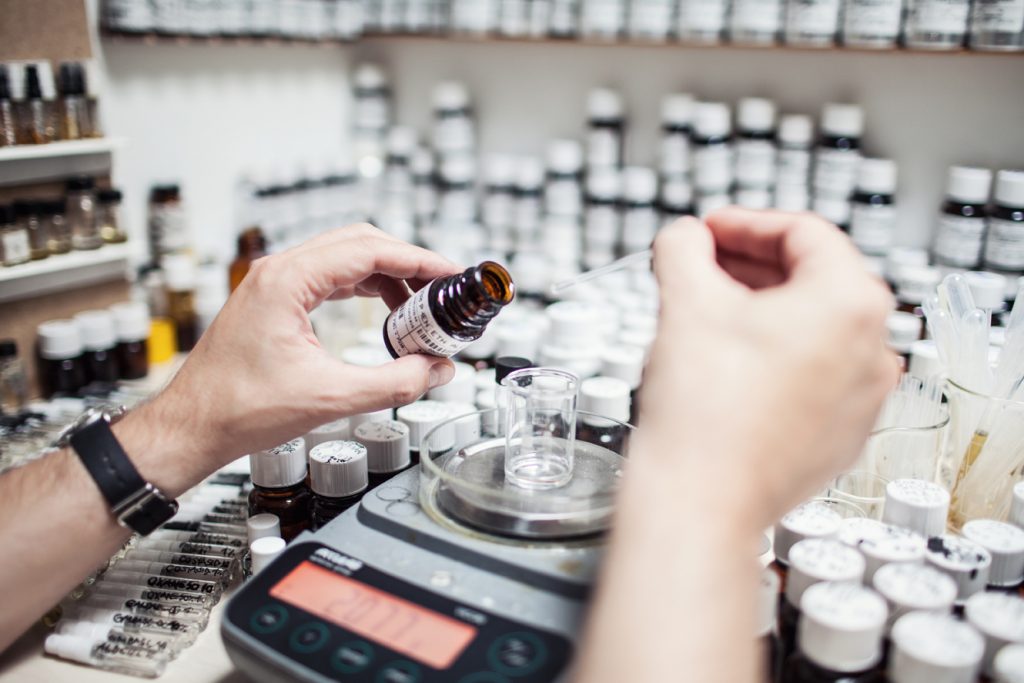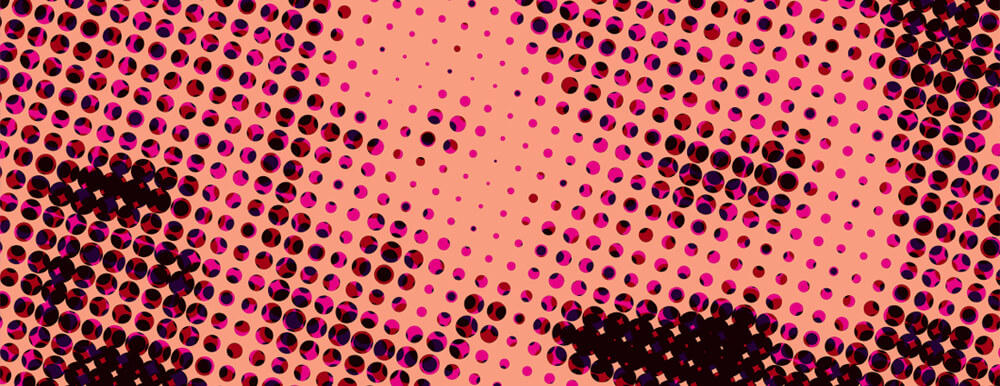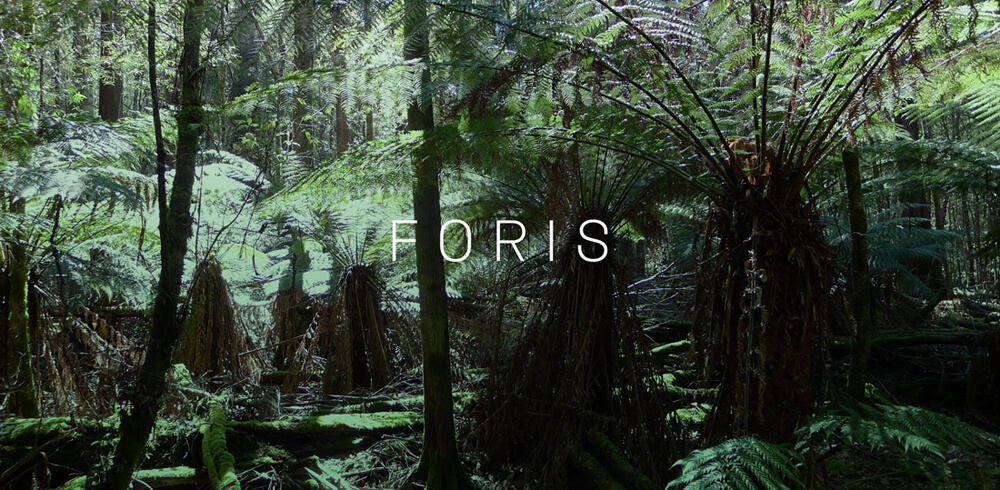Interview by Tina Gorjanc

Escentric Molecules, developed by the Berlin-based olfactory artist Geza Schoen, is a project that highlights the still unfairly ignored Iso E Super aroma molecule known for its velvety and cocooning effect. The chemical was created in the IFF laboratory in 1973 and used from there on as a common background ingredient in many perfumes. Despite that, the molecule itself still remained unknown outside the world of perfumery up until this day.
By stripping the artificially produced chemical compound from other naturally occurring fragrances that commonly mask its enigmatic attractant, Schoen succeeded in developing two fragrances which emphasise and pay homage to the bare characteristic of the molecule known to be nonexistent in nature.
The Escentric 01 contains an unprecedented 65% raw chemical combined with other ingredients designed to underscore its low-lit mood, and the Molecule 01, a total non-conformist product, contains only the molecule Iso E Super.
The chance to witness the fragrances from the anti-fragrance fragrance brand Escentric Molecules is presenting itself as the project was part of the Making Scents: Art & the Olfactory, a daily symposium organised by the Frieze Academy, which took place on the 22nd of September.
Geza Schoen is also involved in the Beautiful Minds series, a series of portraits in words and pictures, which was also intercepted as a small independent fragrance house created by Geza. The Beautiful Mind Series was conceived as a reaction to vacuous celebrity scents. I decided the best way to fight this wave of vacuousness was by working with women I admire for their achievements.
And Beautiful Minds ask women from all walks of life to share what shapes their thinking and their work: artists, scientists, writers, makers, activists, thinkers and those who work in between, with the idea to create a library of insight and inspiration.
As for the next big artistic challenge, Schoens’ experienced insights will also enrich the Ephemera Foris project, an olfactory composition based on musical resonances and reverberations. The installation will be displayed from the 7th to the 14th of October in Krákow, Poland, as part of the Unsound Festival.
Schoen usually speaks of “raw” smell being a powerful weapon which gives room for artistic expression and exploration. This perspective on the materiality of simple chemicals and compounds as the only base sources for producing new products can be understood as a response from the olfactory practice to the inclination of the current mindset of our society.
It feeds on our current makers’ desire to design minimal products that celebrate the roughness of the source materials and cut down the harmful production processes that contribute to the sleek shiny surfaces of some elaborate finishes. This new movement promoting the simplification of outputs also exposes some previously hidden characteristics of the original source. It, therefore, acts as a detox initiator from the suffocated market we have been part of for the last couple of decades.


You are a perfumier and olfactory artist who sees perfumery as a combination of science + art. How and when the interest in smell, perfumery, art and science comes about?
It was still and always had been about the quality of a smell only. It happened that my encounter with the aroma chemical Iso e super was an eye-opener in 1990. It didn’t matter to me where this particular chemical came from. The sheer smell of it was overwhelming. Even back then, I knew that this stuff was a weapon.
Escentric Molecules, one of your most famous creations, uses a chemical compound instead of naturally obtained fragrances. What was the intellectual process behind its inception?
Well, the idea was simple: why wear a complex fragrance consisting of many ingredients when just one is so beautiful and attractive that it would make you desirable? That was enough for me.
Smell is the central axis of your practice; what are the biggest challenges you face in the development of your projects? And what has been your most challenging project?
All projects are, in their very own way, challenging. The less the customer/client knows what exactly they want, the more challenging it becomes. A very challenging one was to develop a whole range of smells for Wolfgang Georgsdorf and his amazing “smeller”, a machine which blows scent into a room and controls a steady airflow of molecules wafting thru the room and being withdrawn simultaneously so smells don’t overlap each other. Rubber, plastic, copy machine, the ocean, forest, earth, and smoke skin, to name a few environmental ones.
How has working with artists and designers, sometimes in very conceptual projects, influenced your practice?
That’s not much different from any other client who asks you to develop a fragrance, really – sometimes artists are much clearer in what they want and need than designers are. Of course, it always helps if someone has got a clear idea of what they are after.
At Unsound Krákow this year, you are presenting Foris, a project commissioned by the festival organisers that follows up the predecessor Ephemera. Foris is an immersive installation created in collaboration with field recordist Chris Watson and visual artist MFO and centred around the idea of preserving endangered ecosystems in the era of the Anthropocene. What is the challenge of translating the idea of a forest smell into an installation set-up?
It is difficult in the sense of a realistic portrait as such. You need to get the wet/dry notes right to evoke an impression of the real sensation of breathing in the forest.
Olfactory adaptation is triggered by a cascade of actions led by Ca2+/calmodulin-dependent protein kinase II. CaMK II desensitises olfactory receptors to prolonged odourant exposure; How do you cope with olfactory fatigue?
Smelling something different – that’s why they show you coffee beans in a perfume store. Very rarely, fragrances use coffee in a large amount, so this will clear your nose, and you can go back to smelling more perfumes. You could smell other things too to neutralise. Anything is good which does not appear as a fragrance ingredient
What is your chief enemy of creativity?
Time pressure, noise and too much computer stuff.
You couldn’t live without…
Anna Silver – now two years old.






